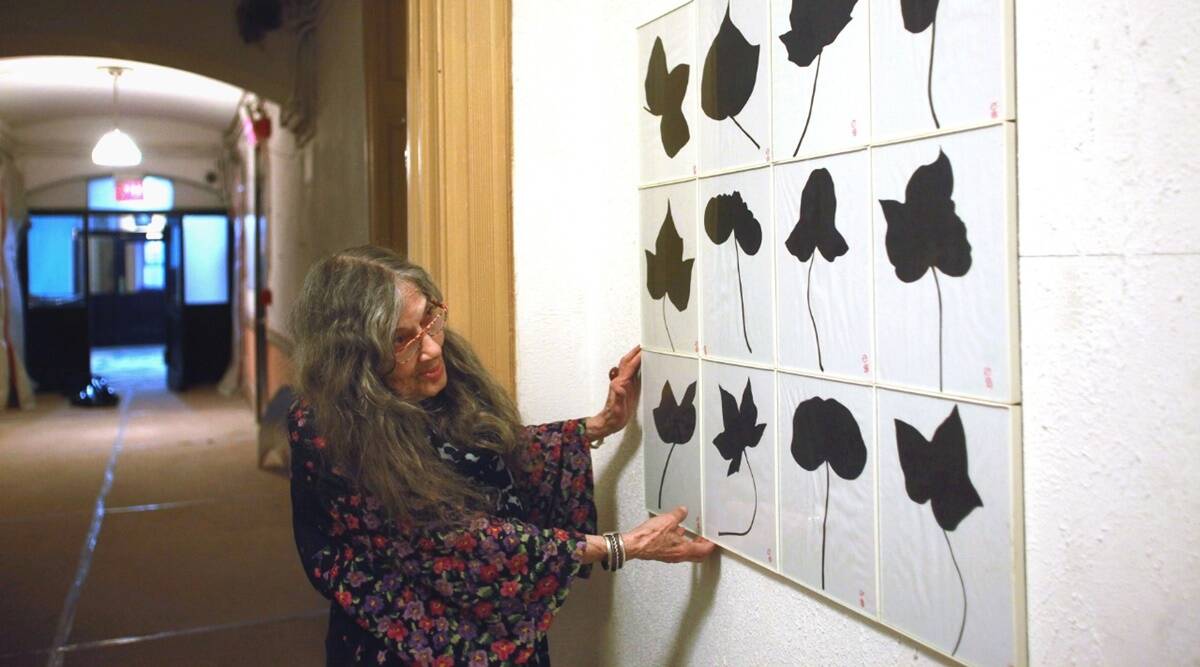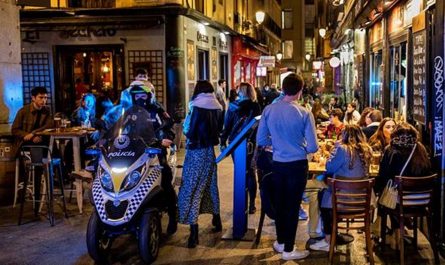It may appear to be far-fetched, after seeing Bettina Grossman pushing her shopping basket loaded up with work of art outside the Chelsea Hotel in New York City, that she was a cultivated craftsman with a once-encouraging vocation.
Grossman was surprising even by the norms of the Chelsea, the celebrated shelter for peculiar specialists. Her studio condo, Room 503, toward the finish of a long fifth-floor corridor, had become so swarmed with her aggregated craftsmanship — generally dynamic, exceptionally applied drawings, models and photos — that she had been uprooted from her own living space. She dozed in her passage on a grass chair.”She was erratic with a capital E,” said Robert Lambert, a painter who resided a few doors down from Grossman at the Chelsea, which throughout the years was home to any semblance of Mark Twain, Bob Dylan and Janis Joplin.
“Her room resembled an Egyptian burial place,” Lambert included a meeting. “It resembled a disaster area, yet you pass over the residue and there’s only delightful sculptural fortunes.”
For a large part of the 1950s and ’60s, Grossman filled in as a craftsman in Europe. However, after a progression of profession disillusionments, she confined herself as a super durable occupant at the Chelsea for 50 years, furiously protecting both her security and the stash of workmanship she had created thriving in New York and Europe.
She rejected visitors and kept her condo entryway got with various weighty locks.
Grossman kicked the bucket Nov. 2 of respiratory disappointment at a Brooklyn care focus, where she was restoring following a fall a while prior, her niece Aliza Green said. She was 94.
At the finish of Grossman’s life, she and her work turned out to be all the more generally known. She was the subject of two narratives and permitted a little circle of her kindred craftsmen to have her pieces inventoried and displayed in shows in New York and Germany. Her work is at present in plain view at the Museum of Modern Art in Manhattan and at MoMA PS1 in Queens.
Bettina Grossman was conceived Sept. 28, 1927, in Brooklyn to Saul and Pauline Grossman and grew up with three kin in an Orthodox Jewish home in the Borough Park segment.
Her dad claimed a music store in Manhattan yet didn’t urge his youngsters to seek after artistic expression, her sibling Morty said in a meeting.
“How she got the ability, I don’t have the foggiest idea — I surmise God put it into her,” he said.
Subsequent to concentrating on business craftsmanship in secondary school, she turned into a creator of bowties, sheets, pillowcases and such for a material maker and had set aside sufficient cash by her mid 20s to move to Europe. There she sought after her craft profession and shunned her energetic moniker, Betty, going basically by the single name Bettina.
“She picked her name and made her persona,” said Green.
Grossman turned into a demanding craftswoman. She made a trip to Carrera, Italy, to choose marble for her figures. She concentrated on stained glass with an expert in France.
She additionally drove an intense, running life. With a model’s looks and closet, her niece said, Grossman drove sports vehicles, skied the Alps and pulled in various beaus.
She got back to the United States and was living and working in a Brooklyn Heights working in the last part of the 1960s when a fire demolished a large portion of her work, including compositions, figures, photograph slides and material designs.”That was a limit,” Green said. “It was something awful for her.”
In “Young lady With Black Balloons” (2010), a narrative coordinated by Corinne van der Borch, a Dutch producer living in Brooklyn, Grossman said that after the fire “annihilated my life,” she intensified her obligation to her specialty, which blocked her from wedding and having youngsters or in any event, removing time from her work to advance it.
“The main way you could do excellent things like that is by disengaging yourself from the real world, from companions, from the untidy circumstance out there,” she said.
Around 1970, she moved into the Chelsea Hotel — not as a result of its heartfelt standing, yet for its tolerant air and its imaginative lovers.
She kept on making work and showed it at times, yet she was progressively debilitate by the hardships she looked as a lady in the business workmanship world and by an inescapable conviction that her thoughts were being co-selected by different specialists.
In 2007, Sam Bassett, a craftsman who was an inn inhabitant at that point, made a narrative with regards to Grossman called “Bettina.”



